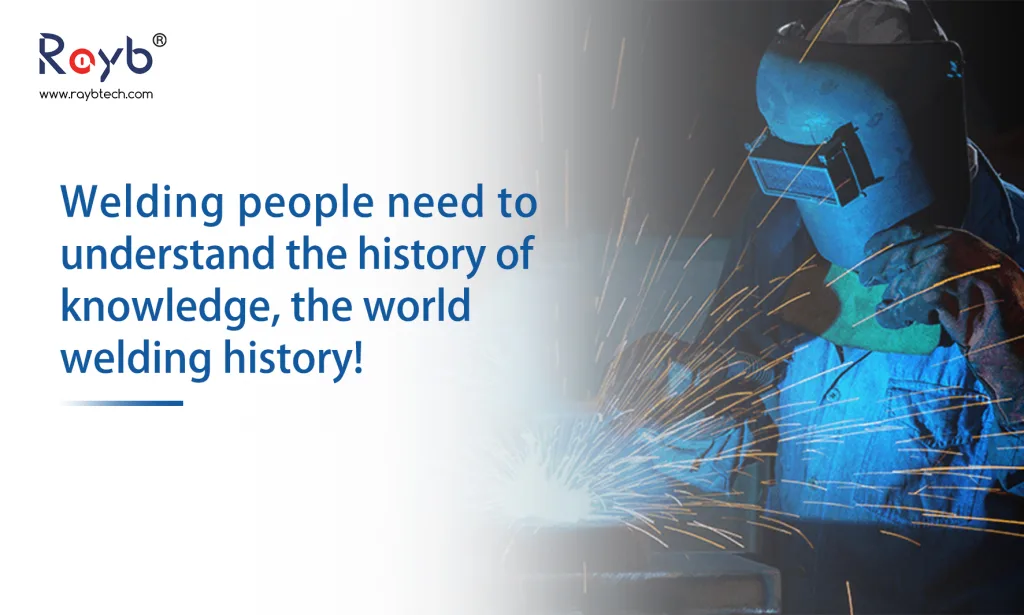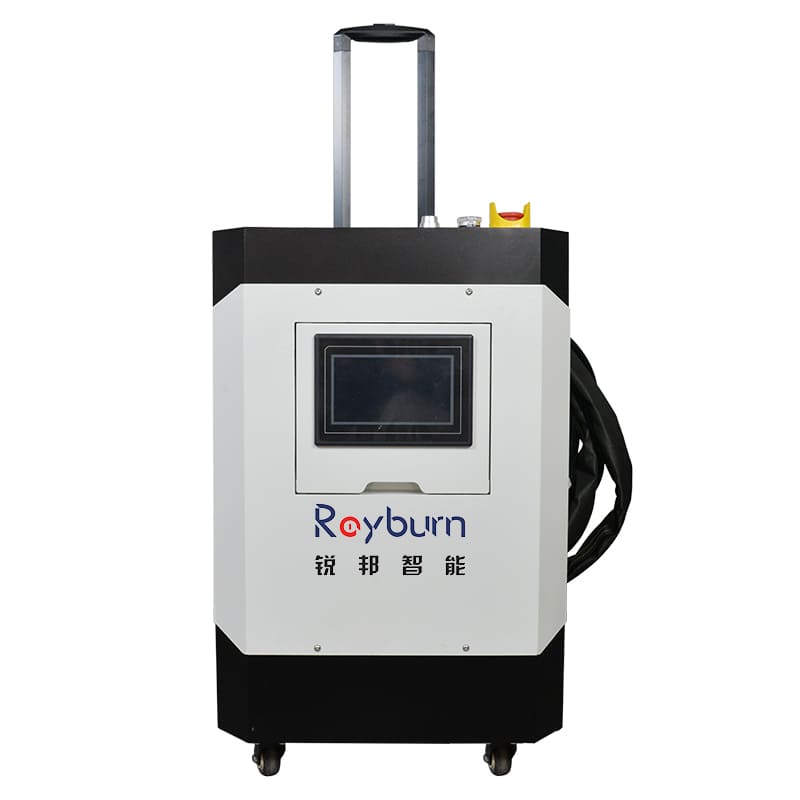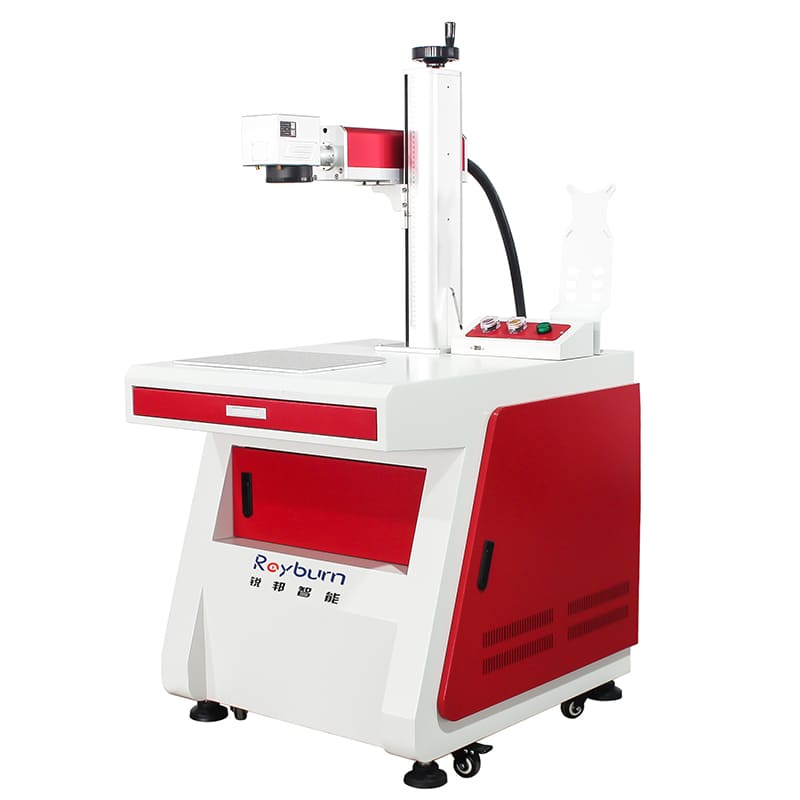World welding development history
Forge welding technology appeared in Egypt in 3000 BC.
In 2000 BC, the Yin Dynasty of China used casting and welding to make weapons.

By 200 BC, China had mastered the process of brazing bronze and forging iron.
1801: British H. Davy discovered the electric arc.
1836: Edmund Davy discovers acetylene gas.
1856: English physicist James Joule discovers the principle of resistance welding.
1959: Deville and Debray invent hydrogen-oxygen welding.
1881: Frenchman De Meritens invented the earliest carbon arc welding machine.
1881: Dr. R. H. Thurston of the United States spent six years completing all experiments on the strength and ductility of a full range of copper-zinc alloy solders.
1882: The austenitic manganese steel invented by Englishman Robert A. Hadfield and named after him is patented.
1885: American Elihu Thompson patents the resistance welding machine.
1885: Russian Benardos Olszewski develops carbon arc welding technology.
1888: Russian H. г . Cла в я н о в invented metal arc welding.
1889-1890: American C. L. Coffin performed arc welding for the first time using light welding wire as electrode.
1890: American C. L. Coffin proposed the concept of welding in oxidizing media.
1890: Englishman Brown conducts the first attempted bank robbery using oxygen plus gas cutting.
1895: Bavarian Konrad Roentgen observed the generation of X-rays when a stream of electrons passed through a vacuum tube.
1895: Frenchman Le Chatelier receives a certificate for the invention of the oxyacetylene flame.
1898: German Goldschmidt invented thermite welding.
1898: German Klebler Schmidt invented copper electrode arc welding.
1900: The Englishman Strohmyer invented the thin-skin coated welding rod.
1900: Frenchmen Fouch and Picard create the first oxyacetylene cutting torch.
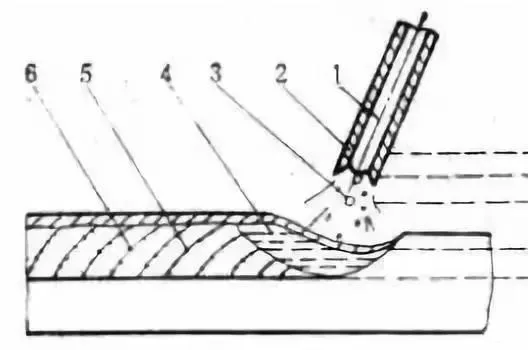
1901: German Menne invented oxygen spear cutting.

1904: Swedish Oscar Kjelberg established the world’s first welding rod factory—ESAB’s OK Welding Rod Factory.
1904: American Avery invented the portable cylinder.
1907: When demolishing the old Central Railway Station in New York, the United States, the use of oxyacetylene cutting saved more than 20% of the project cost.
1907: October Swede O. Kjellberg perfects the thickly coated welding rod.
1909: Schonherr invented the plasma arc.
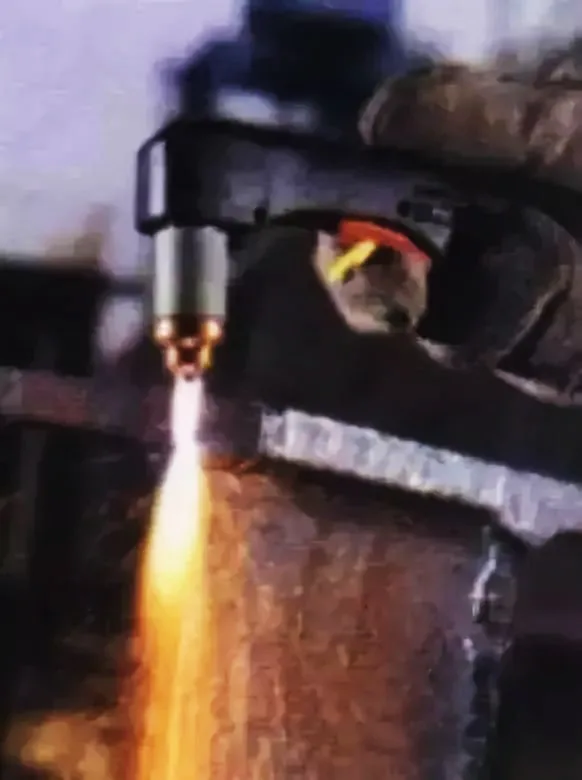
1911: The first 11-mile pipeline welded using oxygen solvent gas welding is built by the Philadelphia & Suburban Gas Company.
1912: The first oxyacetylene gas-welded steel pipe is put on the market.
1912: The Edward G. Budd Company in Philadelphia, USA, produces the first all-steel automobile body welded using resistance spot welding.
About 1912: In order to produce the famous Model T car, the American Ford Motor Company completed modern welding processes in the laboratory of its own factory.
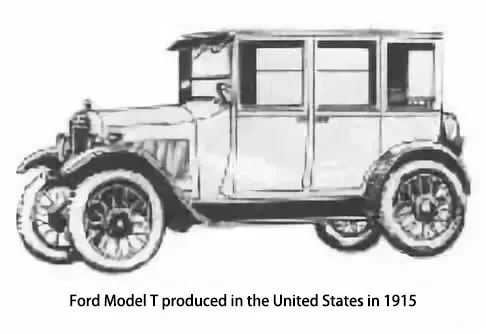
1913: Avery and Fisher perfect the acetylene cylinder in Indianapolis, USA.
1916: Ansel Cente invented the X-ray non-destructive testing method for welding areas.
1917: Arc welding was used to repair 109 ship engines captured from Germany during World War I and the repaired ships were used to transport half a million American soldiers to France.
1917: The Webster & Southbridge Electric Company in Massachusetts, USA, uses arc welding equipment to weld 11 miles of 3-inch diameter pipeline.
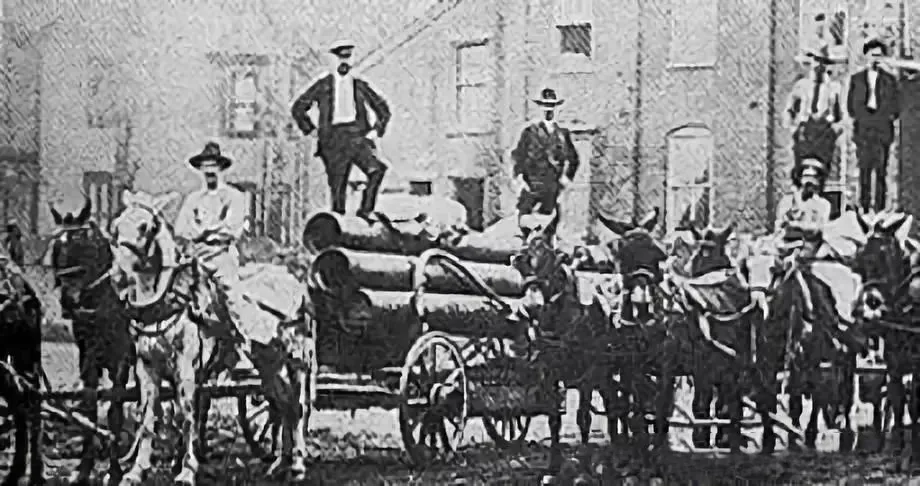
1919: Comfort A. Adams forms the American Welding Society (AWS).
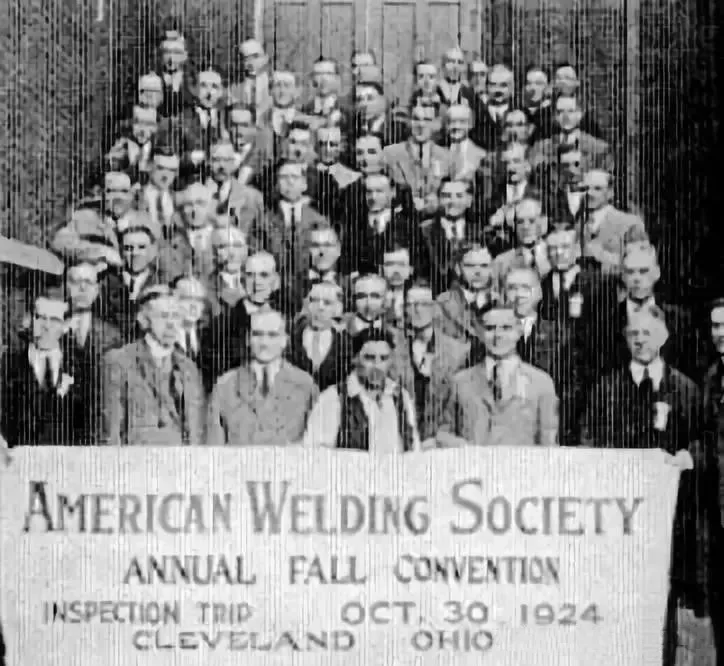
Commemorative photo from the 1924 American Welding Society event
1919: C. J. Halslag invents AC welding.
1920: Gerdien discovers the thermal effect of plasma streams.
1920: The Fulagar, the first all-welded-hull steamship, was launched in Britain.
Circa 1920: Arc welding begins to be used to repair some valuable equipment.
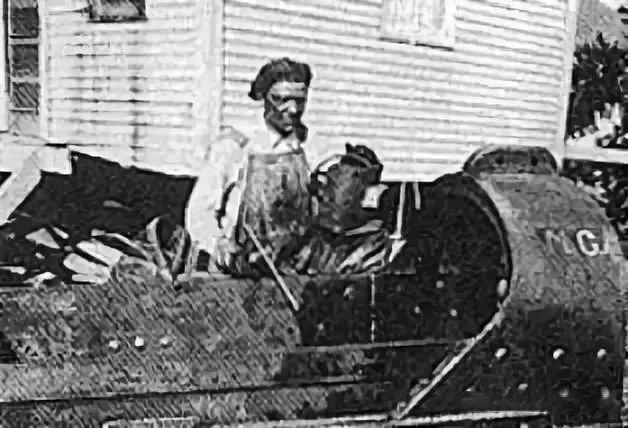
Circa 1920: A method of producing steel pipe using resistance welding (The Johnson Process) is patented.
Circa 1920: The first oil tanker built using welding methods, the Poughkeepsie Socony, was launched in the United States.

Circa 1920: Flux-cored wire is used for hardfacing welding.
1922: The Prairie Pipe Company successfully completed the laying of an 8-inch diameter, 140-mile crude oil pipeline from Mexico to Texas using oxyacetylene welding technology.
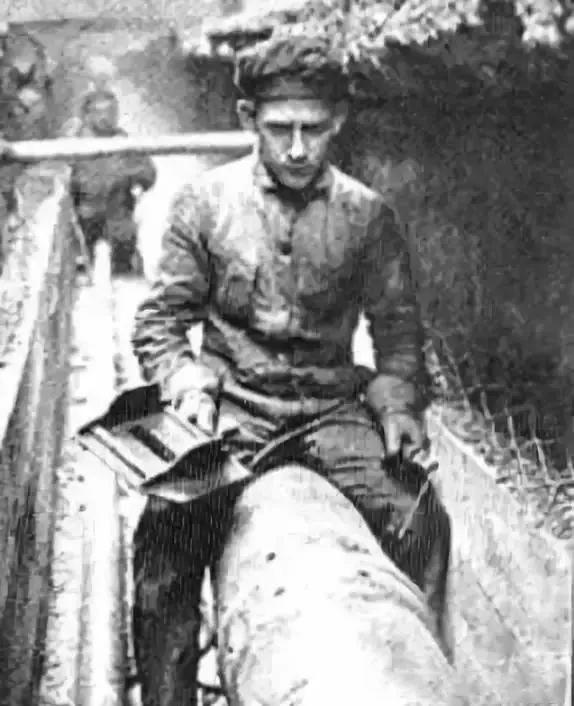
1923: Stordy invented welding overlay.
1923: The world’s first floating roof storage tank (used to store gasoline or other chemicals) was built; its advantage is that the welded floating roof and tank wall form a storage tank that can be raised or lowered like a telescope. , so that the volume of the storage tank can be easily changed.
1924: Magnolia Gas Company builds 14 miles of natural gas pipeline of fully welded construction using oxyacetylene welding technology.
1924: X-ray photography was first used in the United States by H. H. Lester to inspect the quality of castings to be installed with a steam pressure of 8.3Mpa for the Boston Edison Company’s power plant.
1926: Langmuir in the United States invented atomic hydrogen welding.
1926: Alexandre of the United States invented the principle of CO2 gas shielded welding.
1926: The A. O. Smith Company of the United States first introduced the production method of applying a protective solid coating (i.e., manual arc welding electrode) on the metal electrode for arc welding by extrusion.
1926: Chromium-tungsten-cobalt welding consumable alloy receives first patent for flux-cored wire.
1926: Americans M. Hobart and P. K. Devers receive a patent for the use of helium as an arc shielding gas.
1927: Lindberg successfully flew a Ryan monoplane across the Atlantic Ocean solo. The aircraft’s fuselage was composed of an all-welded alloy steel tube structure.
1928: The first structural steel welding code, “Rules for Fusion Welding and Gas Cutting in Building Structures,” was published by the American Welding Society. This code is the predecessor of today’s “D1.1 Structural Steel Welding Code.”
1930: The Georgia Railroad Center uses continuous welding to lay rail in two tunnels. The welded track was put into use two years later when the line was completed.
1930: Robinov invented submerged arc welding in the former Soviet Union.
1931: The Empire State Building, an all-steel structure constructed by welding technology, was built.
1933: The first joint welded using the arc welding process is laid in a long-distance pipeline of unlined construction.
1933: The Golden Gate Bridge in San Francisco, the tallest suspension bridge in the world at the time, was completed and opened to traffic. It was welded together with 87,750 tons of steel.
1934: The Patton Welding Institute is established.
The founder of Barton Institute, Yevkin Oskarovich Barton.
Europe’s largest fully welded iron bridge over the Dnieper River – Barton Bridge.
1934: Specifications for non-heated pressure vessels were published and issued by API-ASME cooperation.
1935: The American company Linde Air Products perfects submerged arc welding technology.
1936: Wasserman, Switzerland, invented low-temperature brazing.
1939: American Reinecke invented the plasma spray gun.
1940: The first all-welded ship, the Exchequer, was built and launched at Ingalls Shipyard in the United States.
1941: American Meredith invented tungsten inert gas arc welding (helium arc welding).
1941: During World War II, a large number of welding technologies were used in the manufacture of ships, aircraft, tanks and various heavy weapons.
1943: Behl invented ultrasonic welding in the United States.
1943: Aircraft builders use atomic hydrogen welding, submerged arc welding and gas metal arc welding for the first time to weld the hollow blades of aircraft steel propellers.
1944: Carl in the UK invented explosive welding.
1947: Former Soviet Union Bopoш eвич (Vorosevic) invented electroslag welding.
1949: The first all-welded FORD automobile rolled off the production line, using arc and resistance welding processes.
1950: Americans Muller, Gibson and Anderson obtained the first patent for overspray in gas metal arc welding.
1950: German F. Buhorn discovers plasma arc.
Circa 1950: Electroslag welding is used for the first time in production in the former Soviet Union.
1953: Hunt invented cold pressure welding in the United States.
1953: CO2 gas shielded arc welding was invented by Lyubovsky of the former Soviet Union, Sekiguchi of Japan, and others.
1954: Self-shielded flux-cored wire goes into production at Lincoln Electric Company in the United States.
1954: The Nautilus, the first welded nuclear submarine, enters service with the U.S. Navy.
1954: Benard invented the tubular welding rod.
1955: American Thom Kraft invented high-frequency induction welding.
1956: China establishes Harbin Welding Research Institute
1956: Chudikov of the former Soviet Union invented friction welding technology
1957: Electron beam welding is invented in Schier, France.
1957: Diffusion welding was invented by Kazakov in the former Soviet Union.
1957: “Welding” was founded. This is China’s first professional welding magazine.
Circa 1957: The United States, the United Kingdom, and the former Soviet Union all use CO2 as a shielding gas in the gas metal arc welding short-circuit transition process.
1960: Maiman of the United States discovered laser, and now laser has been widely used in the field of welding.
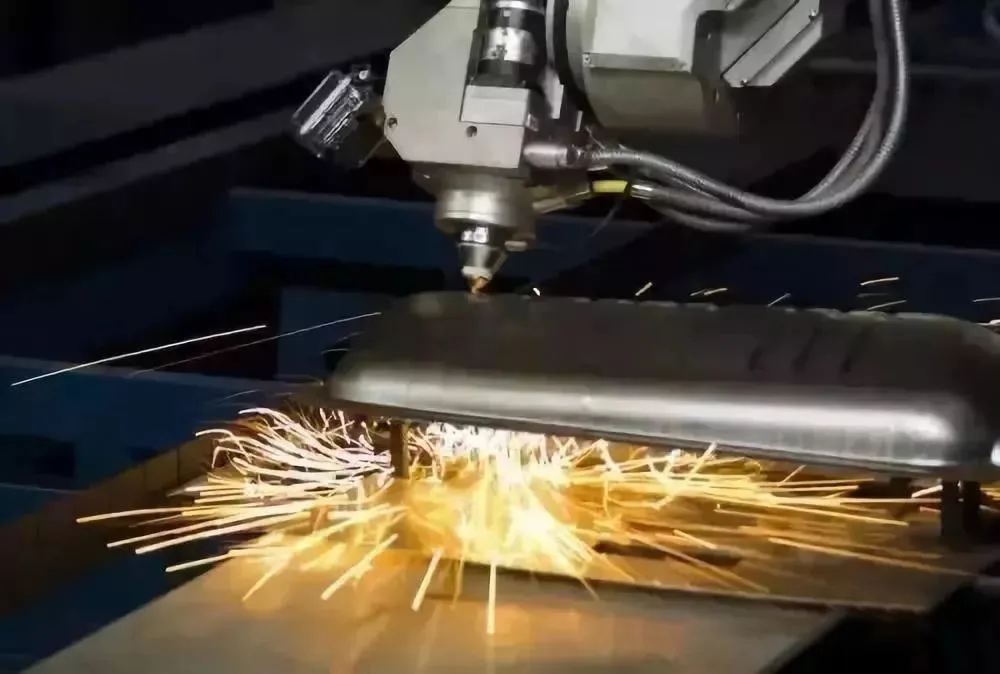
1960: Airco in the United States introduces the melting electrode pulse gas shielded welding process.
1962: The patent for gas-electric vertical welding is awarded to the Belgian Arcos.

1962: Electron beam welding is first officially used on supersonic aircraft and the B-70 bomber.
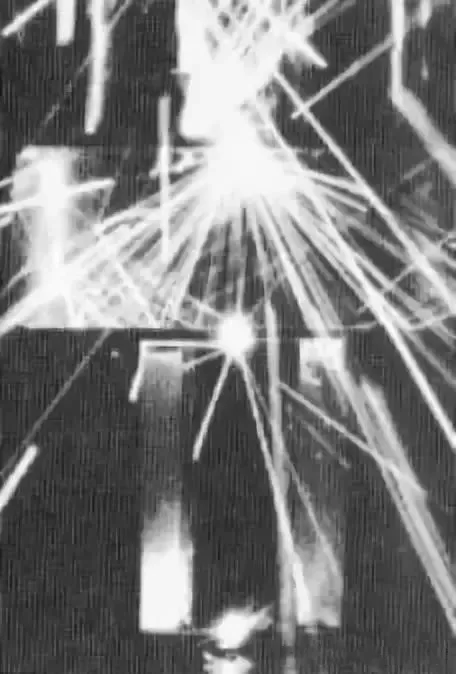
1964: The patent rights for the hot wire welding method and the coordinated control gas metal arc welding method were awarded to American Manz.
1965: The welded Appllo 10 spacecraft successfully lands on the moon.
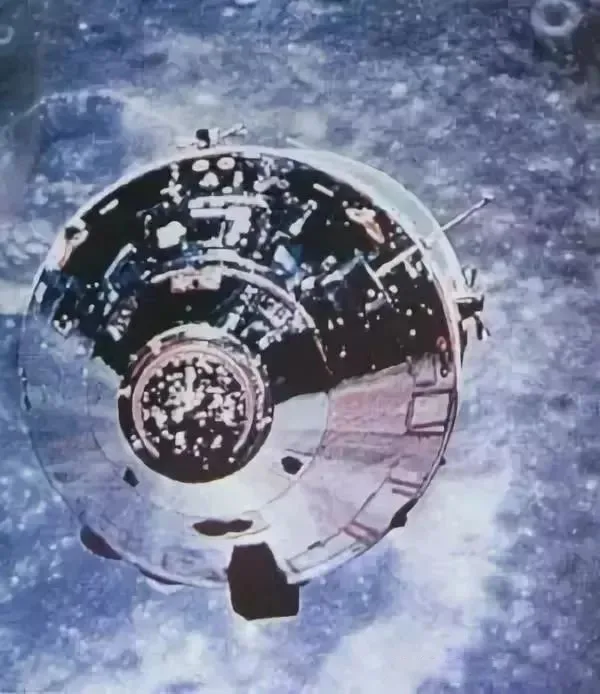
1967: Arata, Japan, invented continuous laser welding.
1967: The world’s first submarine pipeline was successfully laid in the Gulf of Mexico. It was manufactured by the American company Krank Pilia using hot threading and welding processes.
1968: The world’s tallest acute-angled steel structure is welded above 22 floors at Chicago’s John Hancock Center, reaching a height of 1,107 feet.
1969: The American Linde Company proposed the hot wire plasma arc spraying process.
1970: The thyristor inverter welding machine is introduced.
1976: Arata, Japan, invented tandem electron beam welding.
Around 1980: Semiconductor circuits and computer circuits are widely used to control welding and cutting processes.
Around 1980: Steam soldering is used to solder printed wiring boards.
1983: The rounded top of the 160-foot-diameter petal structure on the space shuttle is welded using submerged arc and gas shielded welding methods and inspected using a radiographic flaw detector.
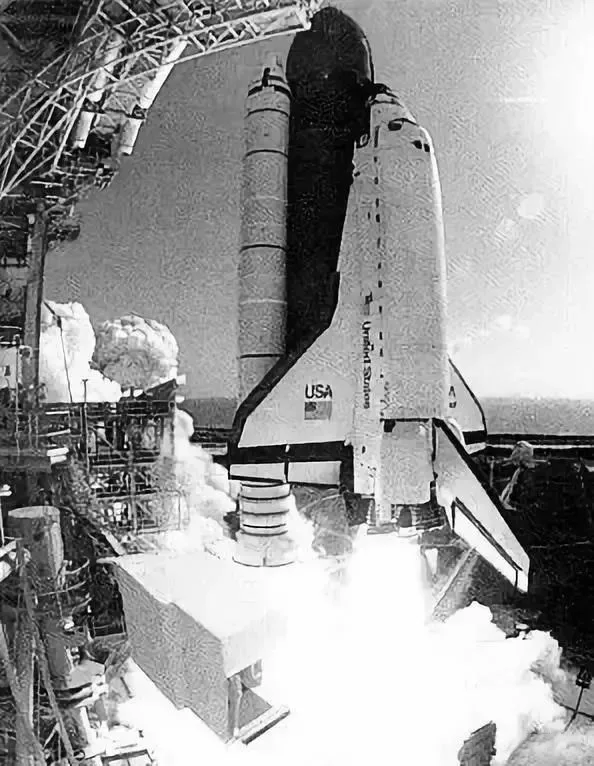
1984: Soviet cosmonaut Svetlana Savitskaya conducts welding experiments in space.
1988: Welding robots begin to be widely used in automobile production lines.
Around 1990: Inverter technology has developed significantly, resulting in a significant reduction in the weight and size of welding equipment.
1991: The British Welding Institute invented friction stir welding and successfully welded aluminum alloy flat plates.
1993: A robot-controlled CO2 laser was used to successfully weld a U.S. Army Abrams main battle tank.
1996: A research team of more than thirty people, headed by Academician B. K. Lebegev of the Paton Welding Institute in Ukraine, researched and developed welding technology for human tissue.
2001: Human tissue welding was successfully used in clinical practice.
2002: Welding is completed on the Three Gorges turbine, the largest turbine ever built and currently under construction in the world.

